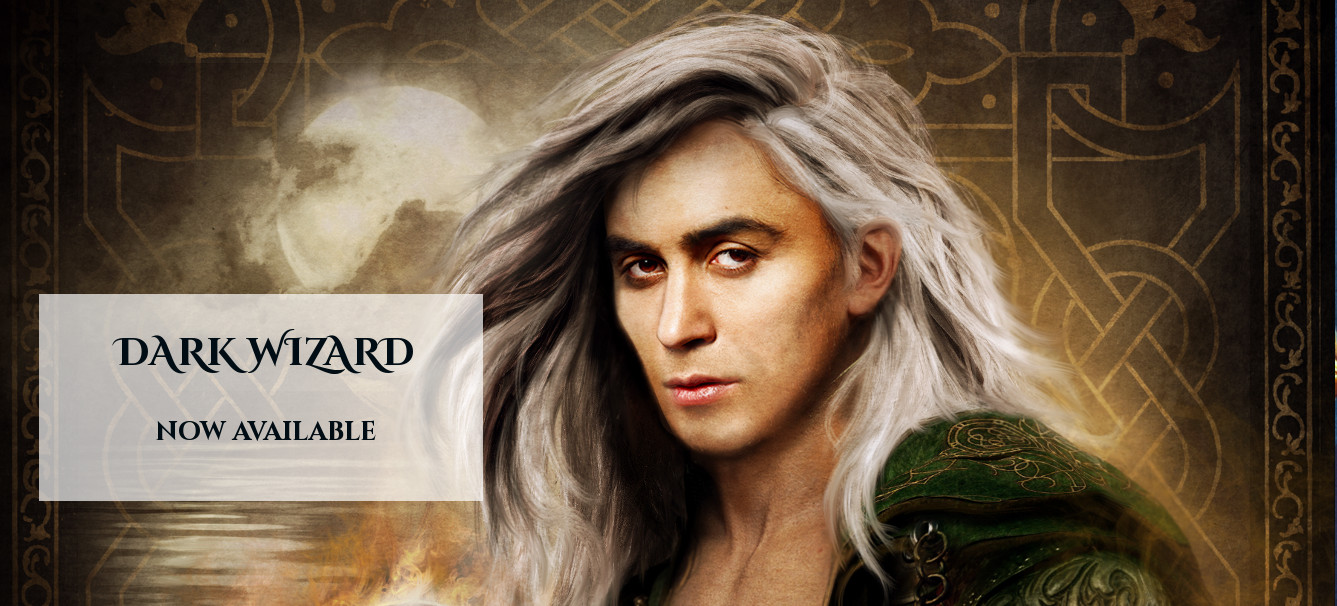
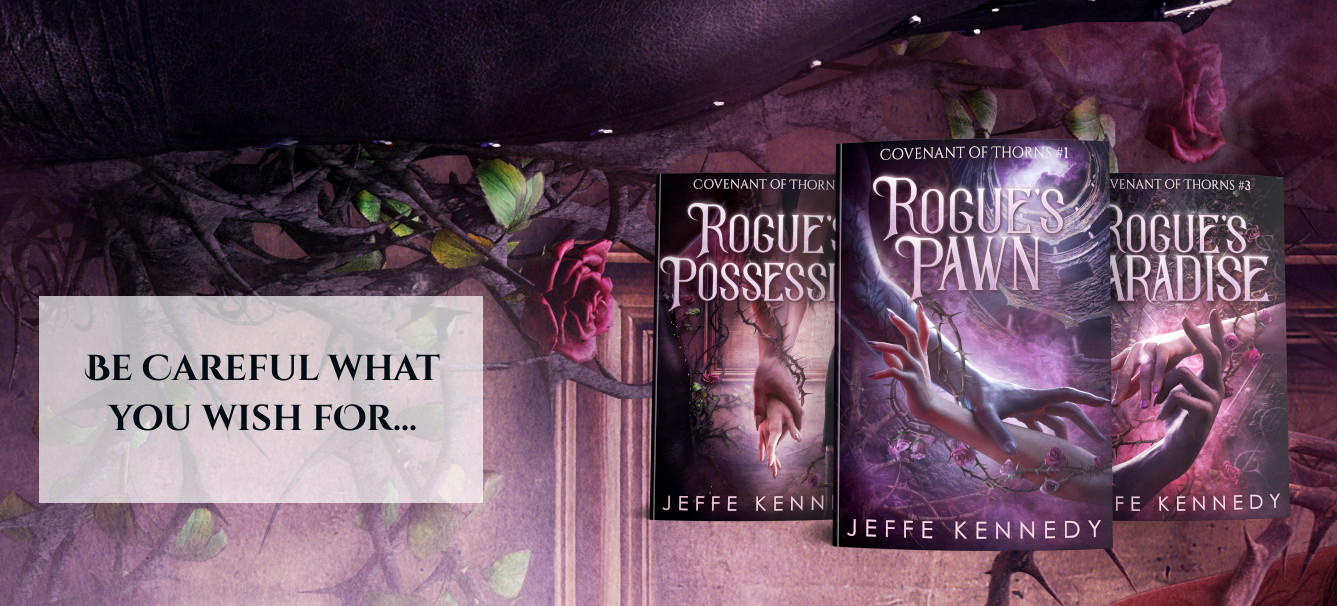
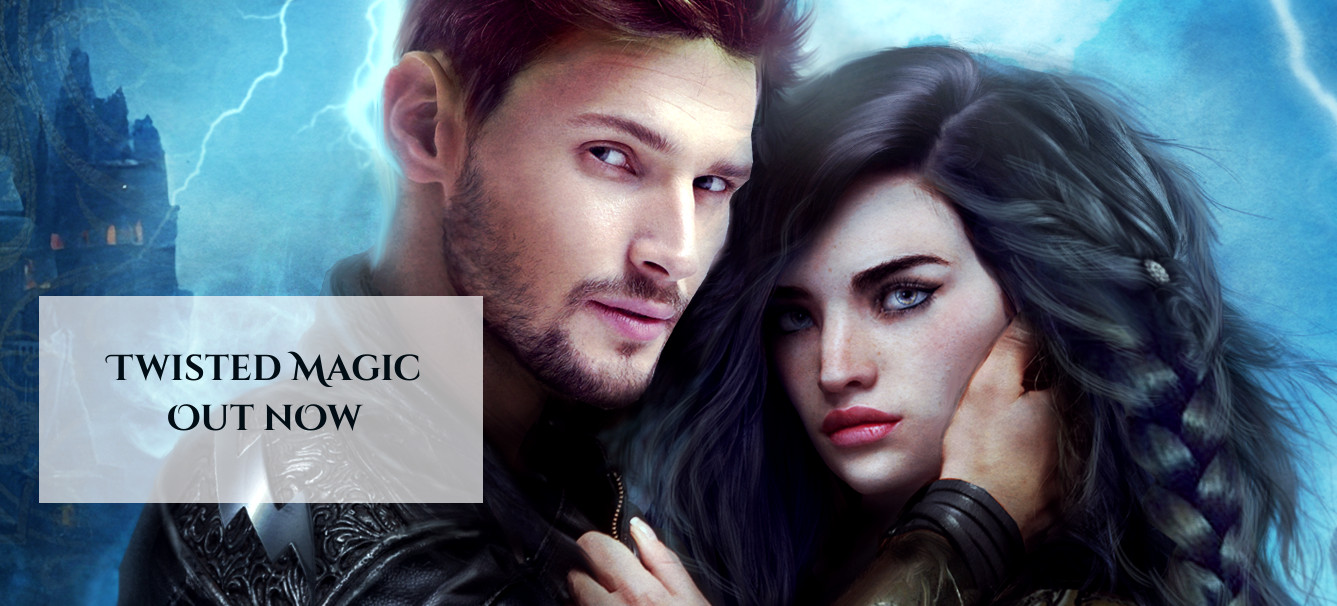
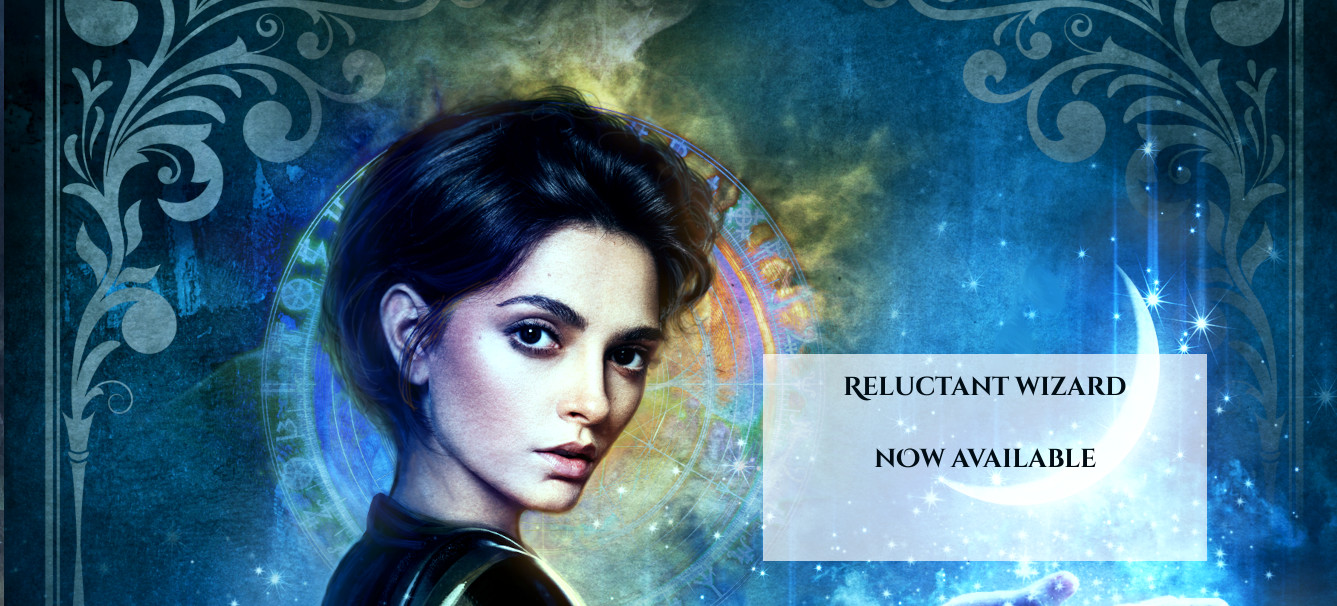
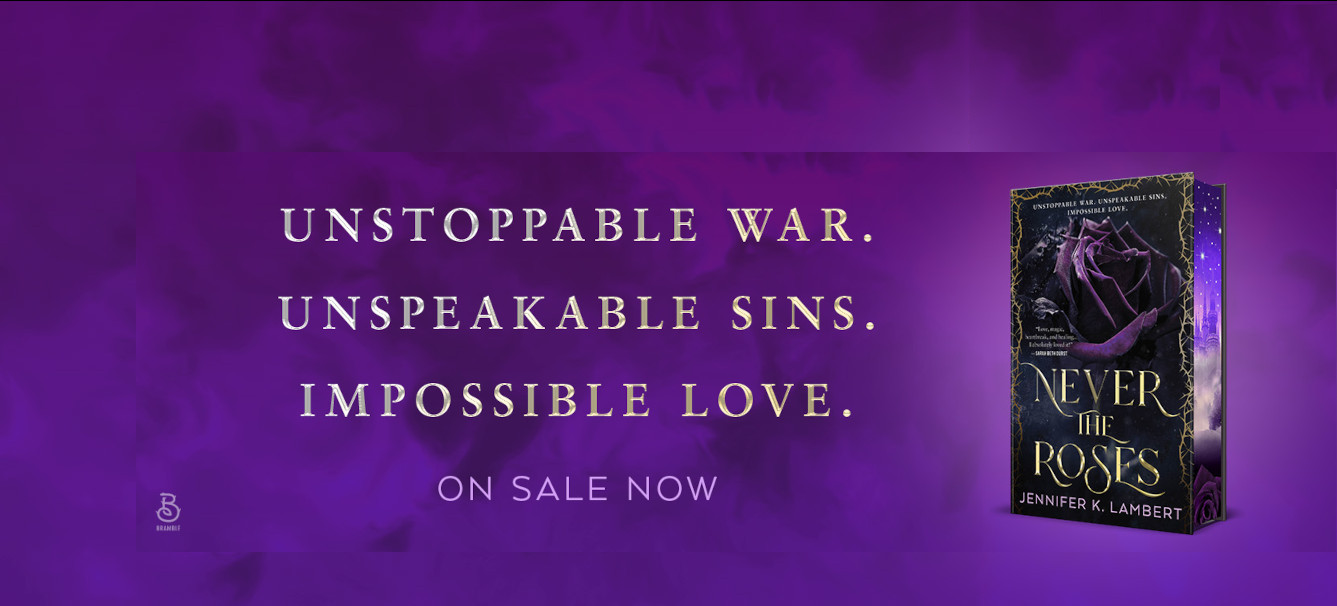
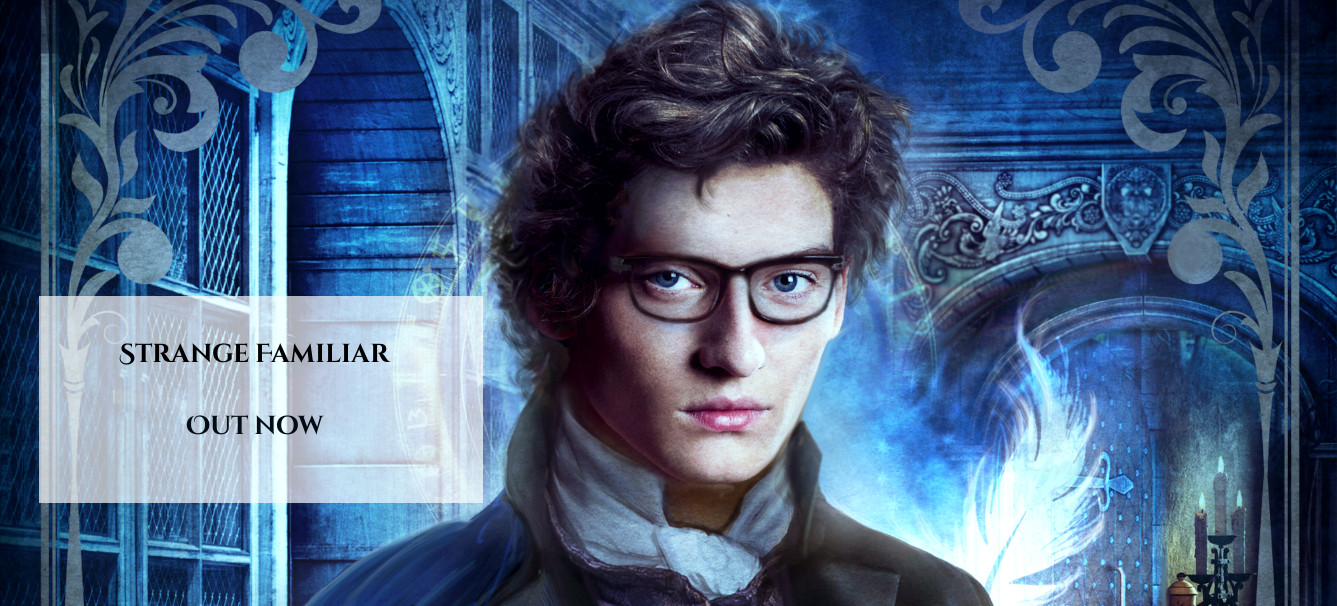
Stop – Don’t Cut that Scene!
Writers love to talk about killing babies.
Not literal babies. Or even fictional ones – with the exception maybe of some thriller/suspense authors. I mean the metaphorical babies. As in those parts of our stories (which are pretty much our babies overall, in that metaphorical sense) that we treasure and want to nurture and keep safe. Getting rid of those sections we love, but that aren’t working is often referred to as “killing your babies.”
Sometimes I think this is more of an issue for newer writers. Authors who’ve completed multiple books have realized a few things, or they wouldn’t have gotten that far.
1) We love our stories, and they are our creations, but they’re not extensions of ourselves. We have to let go for them to live.
2) Deleting extraneous stuff is a necessary part of making a story the best it can be.
3) Sentimentality has no place in the process. In fact, cutting can feel good.
All that said, we all sometimes wrestle with whether or not to cut a scene. Not because it’s extraneous, but because it causes a strong reaction. A number of studies have shown that, when people respond to art of any kind, if they react very strongly, then the number of people who love it will be equaled by the number who hate it. If the response is middle ground, this polarization doesn’t occur. I once read about a study on this for country music, where they ultimately settled on a program of songs that were middle ground – because listeners then didn’t change the station.
Which poses an interesting question for writers. By extrapolation, what one reader will love will make another reader throw the book against the wall.
I remember a writing workshop where the class discussed a scene in a memoir. The author described being abandoned with her siblings, running out of food, and examining herself naked in the bathroom mirror. She stood on the vanity, because the toilet had overflowed and the carpet was soaked with excrement, and noted that she had the “three triangles” at ankle, knee and crotch, that the girlie magazines said were ideal. And she decided to prostitute herself to buy food.
Some readers found this scene pivotal and crucial to the story. Others – not incidentally a nearly equal number – were repulsed and thought she should have cut it.
In another example, a writer friend told me that the core image or scene I start a story with should be the first to go. Most of us start with some kind of initial spark – a line of conversation, a moment in time, a certain scene – and build the story from that. She’d read that writers tend to cling to that core idea (the baby!) and that we should be ruthless about cutting that out. I mulled it over – especially as specific advice for the story she’d critiqued for me – and ultimately decided I disagreed.
Very often, in the process of working with our critique partners, beta readers and editors, the discussion will come up about scenes like this. The ones that provoke a strong reaction. They could be controversial in some way. Those core images or ideas that spark stories often contain a kind of intensity, which is why they stick with and inspire us.
It’s tempting to take that stuff out.
Because, of course, not many of us like our work to be hated. We don’t want our books thrown against the wall. There’s a comfort to being that radio station that people keep on, never thinking to change the channel because nothing ever affects them enough to overcome that inertia.
But, by giving that up, we risk losing the equal number who will love the work with fervent intensity.
So, when I look at cutting a scene, I look at the reasons that critique is offered. If the scene is dead-weight, confusing, doesn’t work, etc., then deleting is necessary and usually quite easy. But if it’s because it might cause a strong reaction*, I’ll almost always keep it.
Because that’s what telling a story is about.
What about you all – was there ever something in a book that you loved and a friend hated? Do tell!
*I’m going to caveat this. If the reaction is because the content is offensive or hateful, that’s an entirely different animal.
*previously published on the blog of Suzanne Johnson in 2016*